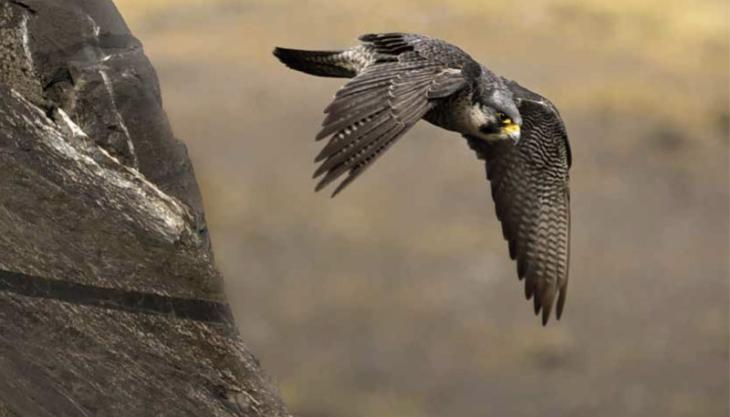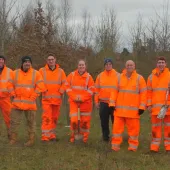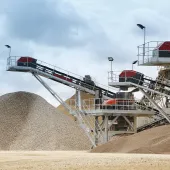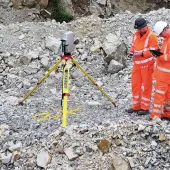MPA updates Biodiversity Strategy

Environmental expertise and action not the sole preserve of NGOs and activists, says MPA chief executive
THE Mineral Products Association (MPA) has published its updated Biodiversity Strategy ‘Building on our legacy…realising our potential’, which was originally launched in 2013.
The strategy commits the MPA and its members to continuing to take a positive approach to nature conservation and recovery, leaving behind more and better-quality habitats than before mineral extraction as well as a net gain in biodiversity wherever possible, through site selection, management, restoration and aftercare.
The minerals industry has a decade’s long and proven history in delivering for biodiversity. MPA members have already created more than 8,000ha of UK priority habitats such as meadows, heathland, broadleaved woodland, and wetlands including lakes, ponds and reed beds.
At least a further 11,000ha is in the pipeline in approved restoration schemes, but not yet realized. In addition, active and restored quarries host a diverse range of common and protected species. The MPA’s National Nature Park includes more than 80 restored sites where there is public access to enjoy wildlife.
The strategy sets out eight actions that the MPA and its members will take to protect and enhance biodiversity which, together with land management, include monitoring to identify what works best and inform future work, sharing and celebrating good practice and successes throughout the industry, influencing policy, and using the industry’s assets to engage and educate.
The industry already has close working relationships with many wildlife conservation organizations* and the strategy makes a commitment to continue to nurture these and develop new ones, particularly where they can help threatened species.
Nigel Jackson, chief executive of the MPA, said: ‘The minerals industry is uniquely placed to contribute to conservation and enhancement of biodiversity and has an unrivalled legacy compared with other industrial sectors.
‘I am immensely proud of what our members have achieved and excited about what they can and will do in the future. It is high time that our significant contributions are properly recognized by policy and decision makers, to help provide our members with the support to continue doing what they do best.
‘I believe we may be the only business sector that has been actively contributing to nature recovery at scale for so long that our strategy is unique. I will not rest until government, particularly Defra, acknowledges that environmental expertise and action is not the sole preserve of NGOs and activists.
‘Our members have built a significant legacy and have vast practical experience of working in and with the environment to enhance and protect nature. We don’t just talk a good game; we deliver it on the ground.’
The MPA’s updated Biodiversity Strategy can be downloaded here.
*The MPA has Memorandums of Understanding with the Bumblebee Conservation Trust and the Freshwater Habitats Trust. It is a partner in Nature After Minerals with the RSPB and works closely with the Wildlife Trusts, the Bat Conservation Trust and the Mammal Society, among others.









